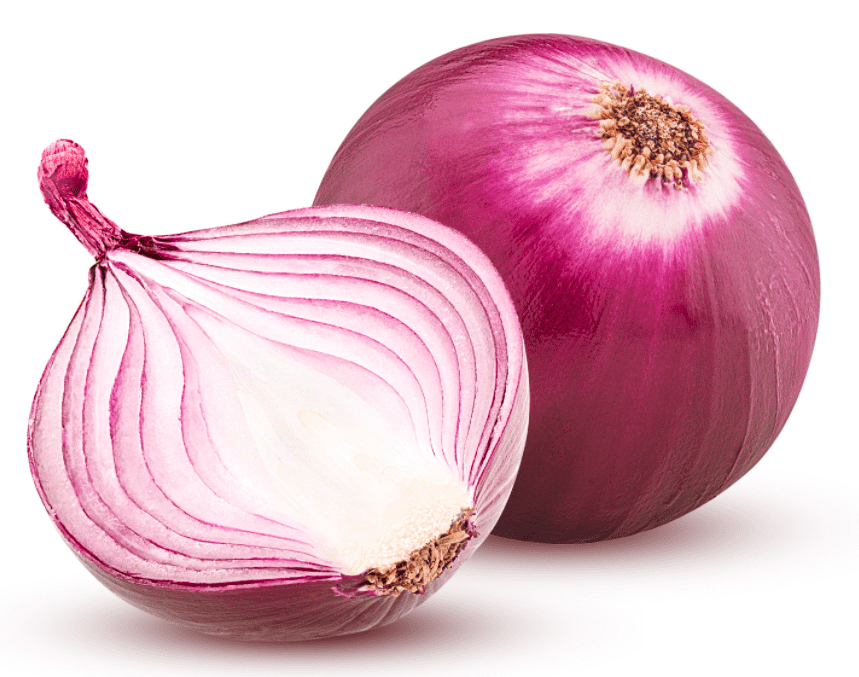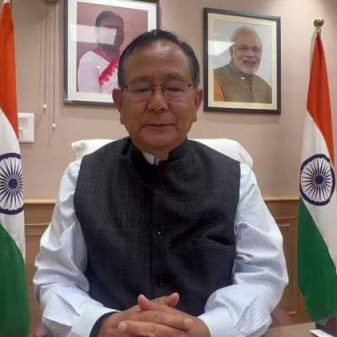
AGENCY
Crashing onion prices have got eyes watering once again, and angry farmers from Nashik’s Dhindori region, the country’s onion basket, are on a Long March to Mumbai. For the political class, the timing isn’t right.
The Maharashtra Legislative Assembly’s budget session is on, and the Eknath Shinde-BJP government is on the back foot. Last Monday, to buy peace, Chief Minister Shinde announced a Rs 300-per-quintal subsidy for onion, but the farmers want a minimum of Rs 600 a quintal.
High output, lack of storage and general government apathy has made the onion and potato crop a source of misery almost every year. In December 2018, the prices in the country’s onion mandi Lasalgaon, Nashik crashed to Rs 1 a kilo forcing a dejected Nashik farmer, Sanjay Sathe, to send Rs 1,064, his total earnings after selling 750 kg of his onion crop, to the Prime Minister’s Office (PMO).
When the production cost is about Rs 800-900 per quintal, and the auctions at Lasalgaon are paying Rs 300-400 per quintal, then it is better to let the crop rot in the ground rather than add to the losses with transport costs.That was what the Nashik farmers did this year. Mounds of ripe onion became the fuel of Holika bonfires on March 6 as a mark of protest.
The cycle of protest is unending as there is no lasting solution. The current Long March by the CPM-led All India Kisan Sabha (AIKS) is the third big rally of farmers in Mumbai for remunerative prices in 5 years. In March 2018, a sea of 70,000 tribal folk and farmers paralysed Mumbai for the very same issues. Little has moved since. In the north, it is the hot potato that is giving planners and politicians sleepless nights. In Punjab and Haryana, table varieties of potato, selling at Rs 1,400 to Rs 1,500 per quintal in the previous season, are now fetching just Rs 350- Rs 400 a quintal. Premium varieties have crashed to Rs 550 from Rs 1,800 a quintal.Sambhal district, a potato growing hub in UP, is reporting sales at Rs 3.25 to Rs 3.50 per kilo when production cost is above Rs 8 per kilo. Farmers are queuing up to stock them in cold storages.
They hope to postpone sales and bring their crop into the market when prices firm up. But cold storage owners are demanding up front payments fearing the farmers may abandon their produce if prices don’t improve.





